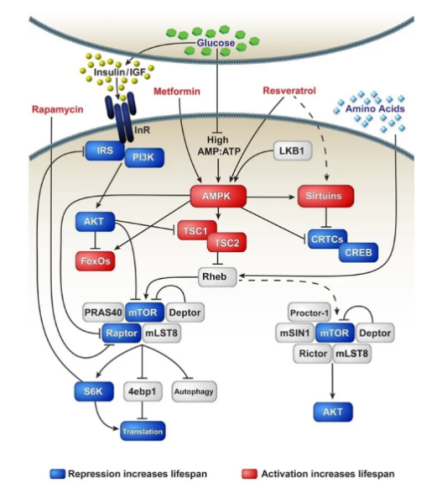Aging and Longevity Research
Research into aging and longevity has captivated human curiosity for centuries, driven by the desire to extend life. However, the significance of this field extends far beyond merely adding years to our lives. Understanding the mechanisms of aging can unlock insights into age-related diseases, potentially improving the quality of life for millions. This research helps address the global challenges posed by an aging population, from healthcare burdens to economic strains. Moreover, studying aging offers a deeper understanding of biology, revealing fundamental truths about our bodies and how we can optimize health throughout our lifespan. By rethinking the purpose of this research, it becomes clear that it is not just about living longer but about living healthier and better.
C. elegans has emerged as the best non-vertebrate model for studying aging and longevity due to its short lifespan, fully mapped genome, and ease of genetic manipulation. Numerous genetic pathways (Figure.1) involved in aging have been discovered in C. elegans, many of which are highly conserved in humans. The Insulin/IGF-1 signaling (IIS) pathway, for example, involves daf-2/IGF1R where mutations can double the worm’s lifespan by daf-16/FOXO4, reflecting similar findings in human insulin signaling. Other key pathways include the Target of Rapamycin (TOR) and AMP-activated protein kinase (AMPK), both of which are critical in nutrient sensing and energy regulation, with parallels in human aging. Moreover, mitochondrial function and reactive oxygen species (ROS) also play a significant role in aging. C. elegans’ extensive contributions to uncovering conserved aging pathways and its rapid experimental benefits solidify its position as a leading model for aging and longevity research.

Figure 1: Genetic pathways involved in aging in C. elegans.
Accelerate Your Discoveries: Comprehensive Genotypic and Phenotypic Services Tailored to Enhance Your Research
Genotypic Services:
- CRISPR/Cas9 Gene Editing: Efficient gene editing tailored specifically for C. elegans using CRISPR/Cas9.
- Transgenic Services: Create extrachromosomal arrays and integrate them into the genome of C. elegans.
- MosSCI: Insert single-copy transgenes into the C. elegans genome for stable expression.
Phenotypic Services:
- Lifespan and Healthspan Analysis: Track survival, morphology, and movement throughout the adult C. elegans lifespan.
- Drug/Compound Testing: Evaluate compounds or drugs for their impact on lifespan.
- Pathway Analysis: Investigate the molecular pathways involved in lifespan changes through RNAseq analysis.


